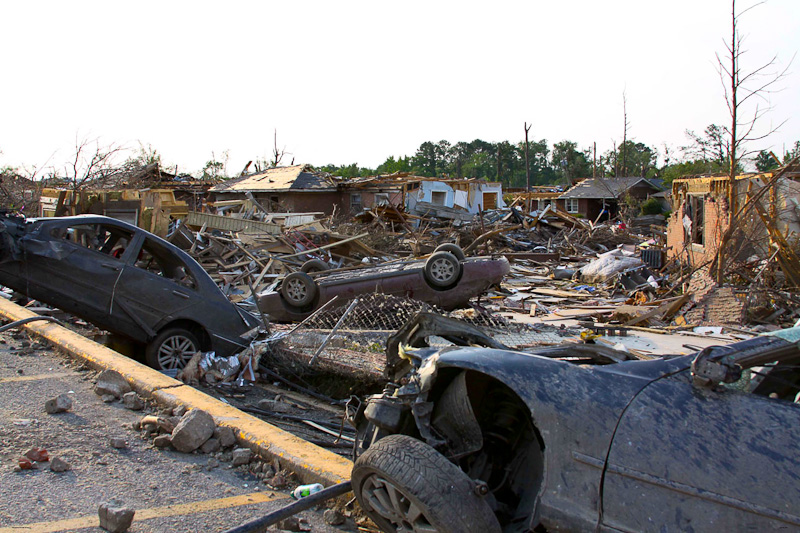James331
Ejection Handle Pulled
- Joined
- Apr 18, 2014
- Messages
- 20,309
- Display Name
Display name:
James331
With how simple aircraft paint is compared to the crazy pearl, metallics and whatnot on cars, why don't we see more shops offering this? Or a mobile guy with enough basic paints and a scanner to do it out of his van???
Seems little aircraft paint issues go one of three ways
1 just leave it
2 touch it up with a brush to cover the metal, kinda like people do on jalopy cars
3 spend 20k to re paint the whole damn plane
Seems like this would work even better on the solid type aircraft colors.
http://thedingking.com/paint-chip-bumper-repair-training/
Seems little aircraft paint issues go one of three ways
1 just leave it
2 touch it up with a brush to cover the metal, kinda like people do on jalopy cars
3 spend 20k to re paint the whole damn plane
Seems like this would work even better on the solid type aircraft colors.
http://thedingking.com/paint-chip-bumper-repair-training/

